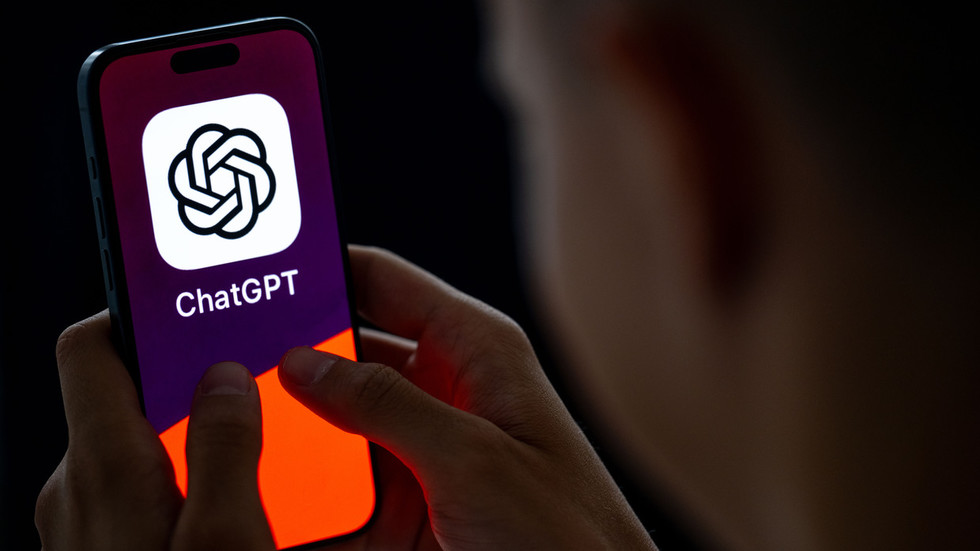OpenAI has recently announced an exciting new feature for its AI chatbot, ChatGPT, that significantly enhances its interactive capabilities. As part of its ongoing development since its launch in 2022, the latest update allows ChatGPT to process video cues from users through smartphone cameras. This feature is being rolled out first to paid subscribers of ChatGPT Plus and Pro, with educational and enterprise customers set to gain access shortly thereafter. The addition of real-time object recognition and interaction marks a pivotal evolution of the chatbot, which previously showcased impressive abilities, such as scoring higher than 90% of test-takers on the SAT exam. This feature opens doors for users to seek assistance in crafting responses or obtaining guidance on various tasks based on what the AI perceives.
In a recent livestream event, OpenAI demonstrated how users could engage with ChatGPT to receive contextual support based on the live feed from their smartphone cameras or on-screen displays. This capability enables real-time applications, establishing a more seamless interaction between humans and AI. Users can now ask for help with composing messages, solving problems, or even receiving guidance while performing physical tasks. The ability of ChatGPT to recognize and respond to objects and scenarios in real time has the potential to redefine how users think about AI support in their daily lives, bridging the gap between virtual assistance and real-world applications.
Meanwhile, the AI landscape continues to evolve not only through OpenAI’s efforts but also through innovations from other research teams. In February, a group of researchers introduced a tool named ‘Sora,’ which could generate intricate scenes featuring various characters and motion types, expanding on prompts from users. This innovative model demonstrated the capacity to enhance the content of images or videos, paving the way for more dynamic and engaging visual AI outputs. The insights shared by the developers of Sora, along with examples of AI-generated videos, highlight a growing trend in enhancing creativity through artificial intelligence, showcasing its potential in various fields from entertainment to education.
Enhancing the reasoning capabilities of AI models has also become a focal point for researchers. Reports from July indicated that OpenAI was pursuing advancements that would improve the logical reasoning abilities of ChatGPT. These upcoming features, termed ‘Strawberry,’ aim to enable the AI to conduct in-depth research and navigate the internet proactively. This new capability intends to help ChatGPT provide more common-sense solutions, addressing one of the major limitations faced by AI models in general, which often struggle with intuitive human reasoning. This initiative signifies OpenAI’s commitment to making AI more practical and user-friendly, aligning its responses more closely with human expectations.
Concurrently, international research efforts are contributing to the AI dialogue. Scientists from Russia’s T-Bank AI Research Lab and the Moscow-based Artificial Intelligence Research Institute have developed a groundbreaking AI model known as ‘Headless-AD.’ This innovative model is designed to adapt to new tasks and contexts independently, without requiring additional human input. The developers report that this AI can perform five times more actions than it was initially trained to do, suggesting significant leaps forward in self-sufficiency for AI models. This self-adaptation capability complements the growing trend of developing AI that can learn and evolve in a manner similar to human cognition, broadening the horizons of what artificial intelligence can achieve.
As these advancements unfold, they underscore the transformative potential that AI holds across multiple sectors, from education to enterprise applications. Each innovative stride builds upon the foundational work of previous technologies, progressively reducing the limitations inherent in earlier models. The real-time feature of ChatGPT and the aspirations behind models like Strawberry and Headless-AD indicate a future where AI can better understand and assist users in ways that feel intuitive and impactful. Through these developments, OpenAI and other research entities remain at the forefront of integrating AI into daily life, promising solutions that are not just functional but also creatively engaging. As this narrative continues to evolve, the challenge will be to harness these technologies responsibly, ensuring that the benefits of AI advancements are widespread and ethical.

